On the rise: Renzo Piano set to transform an Athenian parking lot into cultural hub

Taking its name from its Mediterranean vistas, the Athenian district of Kallithea (‘beautiful view’) is strategically situated at the southern edge of the Greek capital, looking out towards Faliro Bay and Piraeus. Great sea views might once have been one of its key assets, but for the better part of the last half-century, they have been obstructed by a wave of urbanization, with polykatoikies (the typical local apartment blocks) taking up much of the free space. Having sacrificed green and open areas, as well as those coveted sea views, Kallithea is now one of the most densely populated municipalities in Greece.
Renzo Piano’s ambitious scheme for the Stavros Niarchos Foundation Cultural Centre is set to change this. Comprising the National Library of Greece and the Greek National Opera in a 170,000 sq m landscaped park, this new complex is located some 4km south of the city centre and aims to restore the long lost connection between Kallithea, and consequently Athens, and the sea.
The project was born in the late 1990s, when first the National Library and then the Greek National Opera approached the Stavros Niarchos Foundation (SNF), the philanthropic organization set up by Greek shipping magnate Stavros Spyros Niarchos (1909-1996), for financial help in order to upgrade their facilities. The foundation decided to combine the two requests, add a public park and launch an international competition for the project – the largest and most complex of its kind for them. The chosen site was an area of 211,000 sq m in southern Kallithea that served as a parking lot during the 2004 Athens Olympics. The Renzo Piano Building Workshop won the commission in 2008.
Piano’s clever proposal revolves around an artificial hill looking out towards the sea. It reaches a height of 32m and partly becomes the cultural complex’s accessible green roof. The centre sits at the site’s southernmost point and includes the project’s two main functions, placed within two wings. It marks the culmination of the park’s gentle slope and offers great views of the sea. The connection to the sea is further underlined by the presence of the esplanade, a brand new, 30m-wide canal that will run along the site’s main north-south pedestrian axis.
The opera comprises two auditoriums of 400 and 1,400 seats, while the library will be a valuable public resource. A striking, glass-enclosed, multifunctional space, called the Lighthouse, will offer 360-degree views of Athens and the sea. The two wings are united by a central open-air public space, the Agora, as well as several shared exhibition and conference rooms, a café and a bookstore.
The complex was built using the foundation’s funds, but upon completion, it will be donated to the Greek state. Not only will it add an important cultural and educational dimension to the area, but the design is also packed with eco-friendly elements, from solar panels and water recycling, to the canal, which can be used as an anti-flooding measure for the whole site. ‘We would like the project to become a beacon of sustainability,’ explains SNF’s chief technical officer Theodore Maravelias. ‘We wanted that right from the start and we chose the architects with that in mind. And this decision is not about winning awards – it was an integral part that defined the project from its very birth.’
The centre promises a new, important green hub for Athens – one of its largest – and the densely built city desperately needs it. A striking 85 per cent of the site is devoted to the park, designed by landscape firm Deborah Nevins & Associates. ‘It is important to not think of the park as simply the main building’s outside space,’ says Maravelias. ‘It is more like a park that accommodates a complex of buildings in one of its corners.’
The complex may not be ready for delivery until spring 2016 (with the official opening planned for the following year), but its positive ripple effect is already being felt in the wider area. Extra care has been taken for the construction to be respectful of the residential areas around it, and a programme of events on site draws in the locals. ‘It is such a big and complex project, but we had no complaints whatsoever,’ says Maravelias. ‘The state and local municipalities embraced it and saw it as a central landmark to the wider development of this part of Athens.’ Indeed, a few years after Piano’s appointment, his office was commissioned for a masterplan study that involves the future redevelopment of the nearby Faliro Bay seafront – possibly the next stage in the area’s transformation.
As originally featured in the October 2015 issue of Wallpaper* (W*199)
INFORMATION
For more information, visit the Renzo Piano Building Workshop website, or the Stavros Niarchos Foundation Cultural Centre website
Receive our daily digest of inspiration, escapism and design stories from around the world direct to your inbox.
Ellie Stathaki is the Architecture & Environment Director at Wallpaper*. She trained as an architect at the Aristotle University of Thessaloniki in Greece and studied architectural history at the Bartlett in London. Now an established journalist, she has been a member of the Wallpaper* team since 2006, visiting buildings across the globe and interviewing leading architects such as Tadao Ando and Rem Koolhaas. Ellie has also taken part in judging panels, moderated events, curated shows and contributed in books, such as The Contemporary House (Thames & Hudson, 2018), Glenn Sestig Architecture Diary (2020) and House London (2022).
-
 The White House faced the wrecking ball. Are these federal buildings next?
The White House faced the wrecking ball. Are these federal buildings next?Architects and preservationists weigh in on five buildings to watch in 2026, from brutalist icons to the 'Sistine Chapel' of New Deal art
-
 Georgia Kemball's jewellery has Dover Street Market's stamp of approval: discover it here
Georgia Kemball's jewellery has Dover Street Market's stamp of approval: discover it hereSelf-taught jeweller Georgia Kemball is inspired by fairytales for her whimsical jewellery
-
 The best way to see Mount Fuji? Book a stay here
The best way to see Mount Fuji? Book a stay hereAt the western foothills of Mount Fuji, Gora Kadan’s second property translates imperial heritage into a deeply immersive, design-led retreat
-
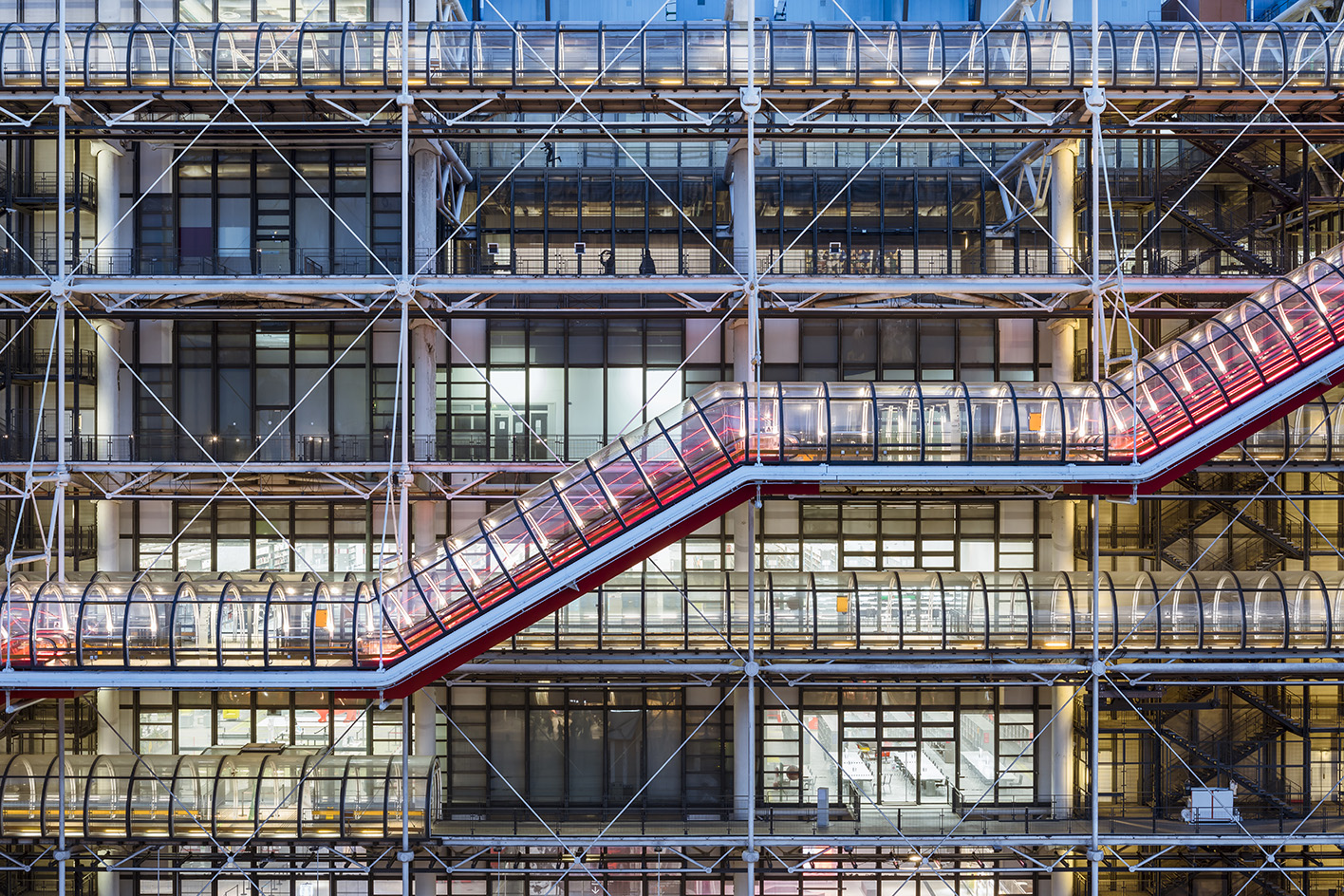 A guide to Renzo Piano’s magic touch for balancing scale and craft in architecture
A guide to Renzo Piano’s magic touch for balancing scale and craft in architectureProlific and innovative, Renzo Piano has earned a place among the 20th century's most important architects; we delve into his life and career in this ultimate guide to his work
-
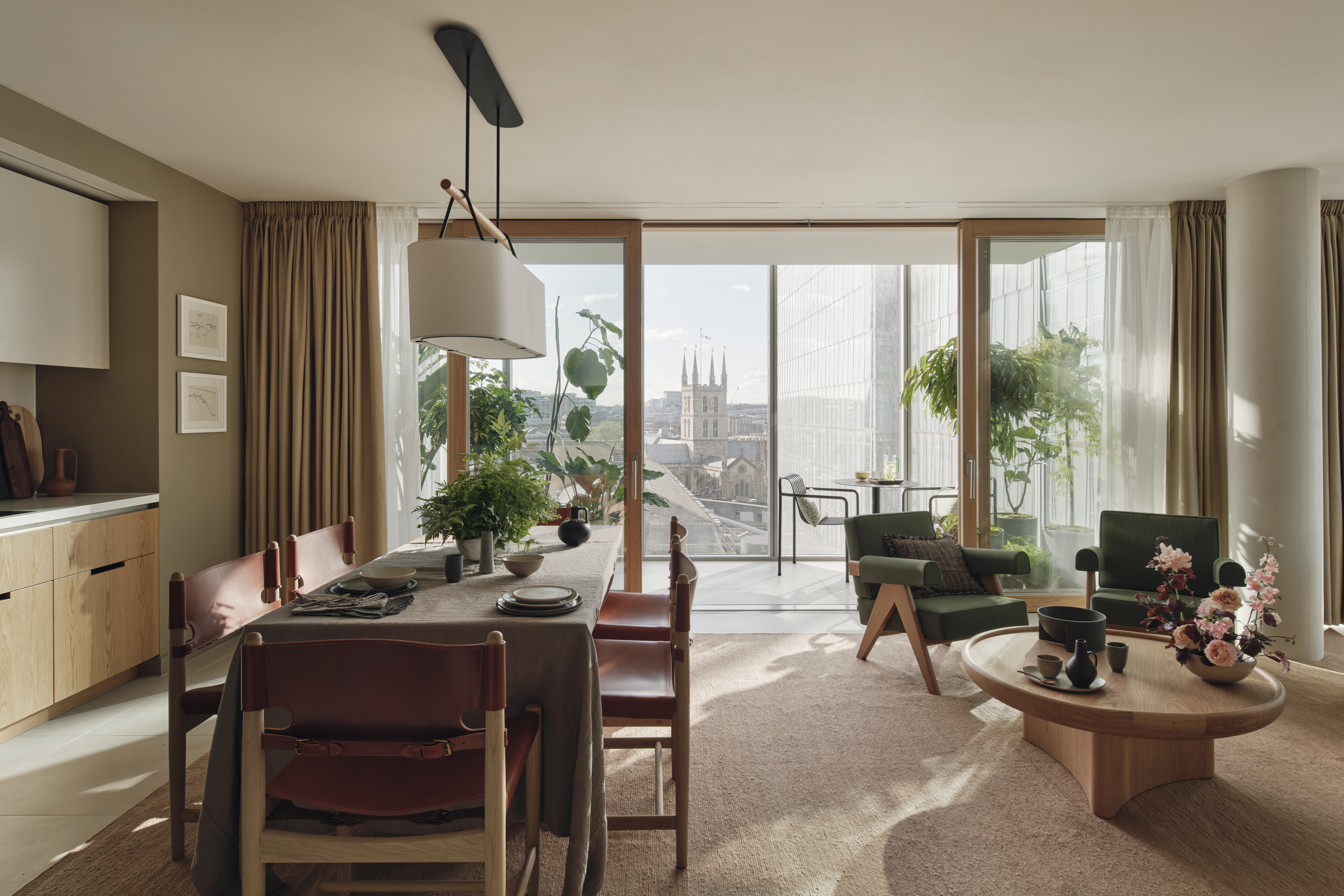 Shard Place offers residents the chance to live in the shadow of London’s tallest building
Shard Place offers residents the chance to live in the shadow of London’s tallest buildingThe 27-storey tower from Renzo Piano Building Workshop joins The Shard and The News Building to complete Shard Quarter, providing a sophisticated setting for renters
-
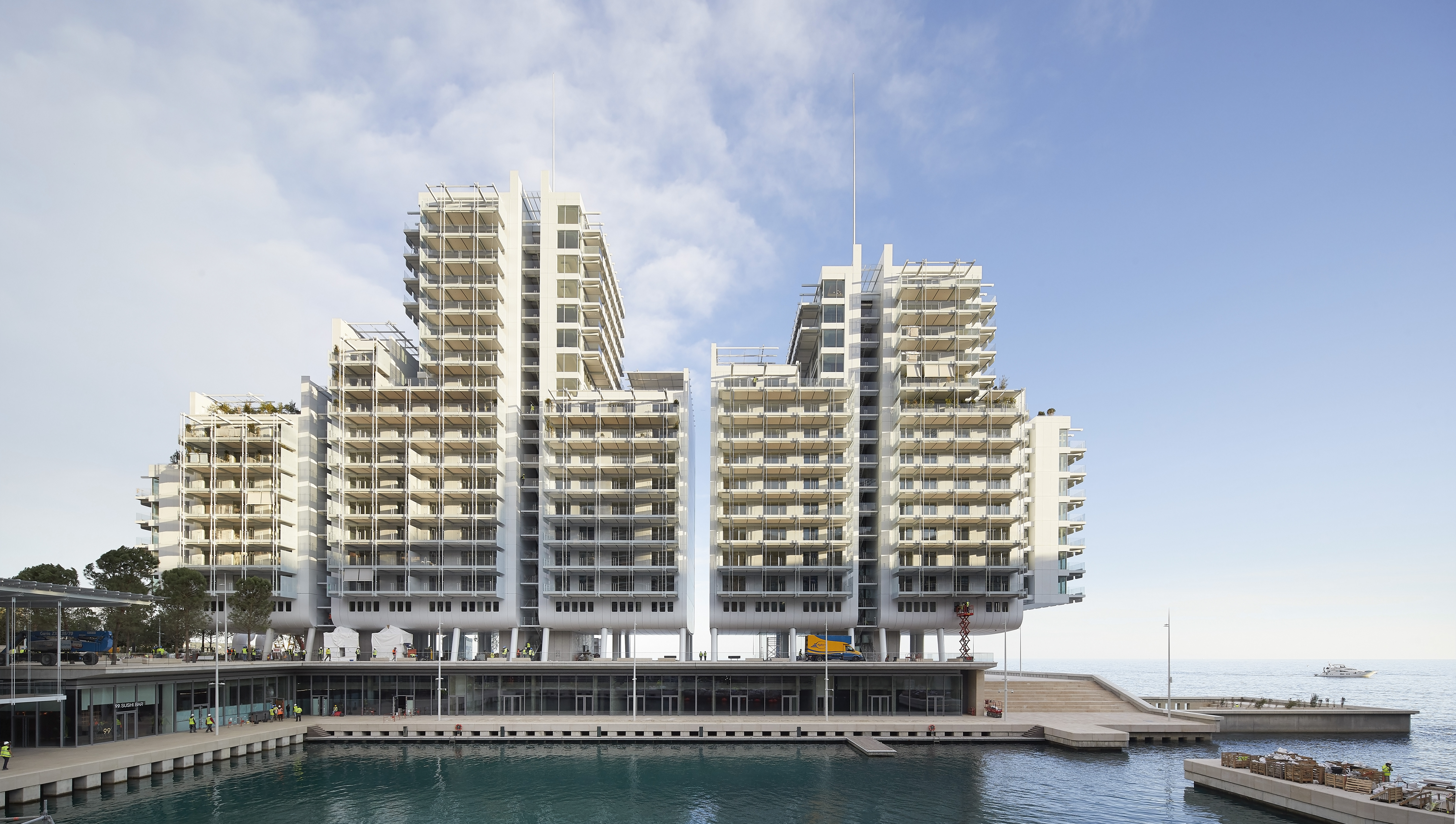 We tour Monaco’s Mareterra neighbourhood: where minimalist architecture and marine research meet
We tour Monaco’s Mareterra neighbourhood: where minimalist architecture and marine research meetMareterra, a contemporary enclave with designs by Renzo Piano offers homes, a new coastal promenade, a dynamic Alexander Calder sculpture and an atmospheric social hub extending the breezy, minimalist spirit of Larvotto Beach
-
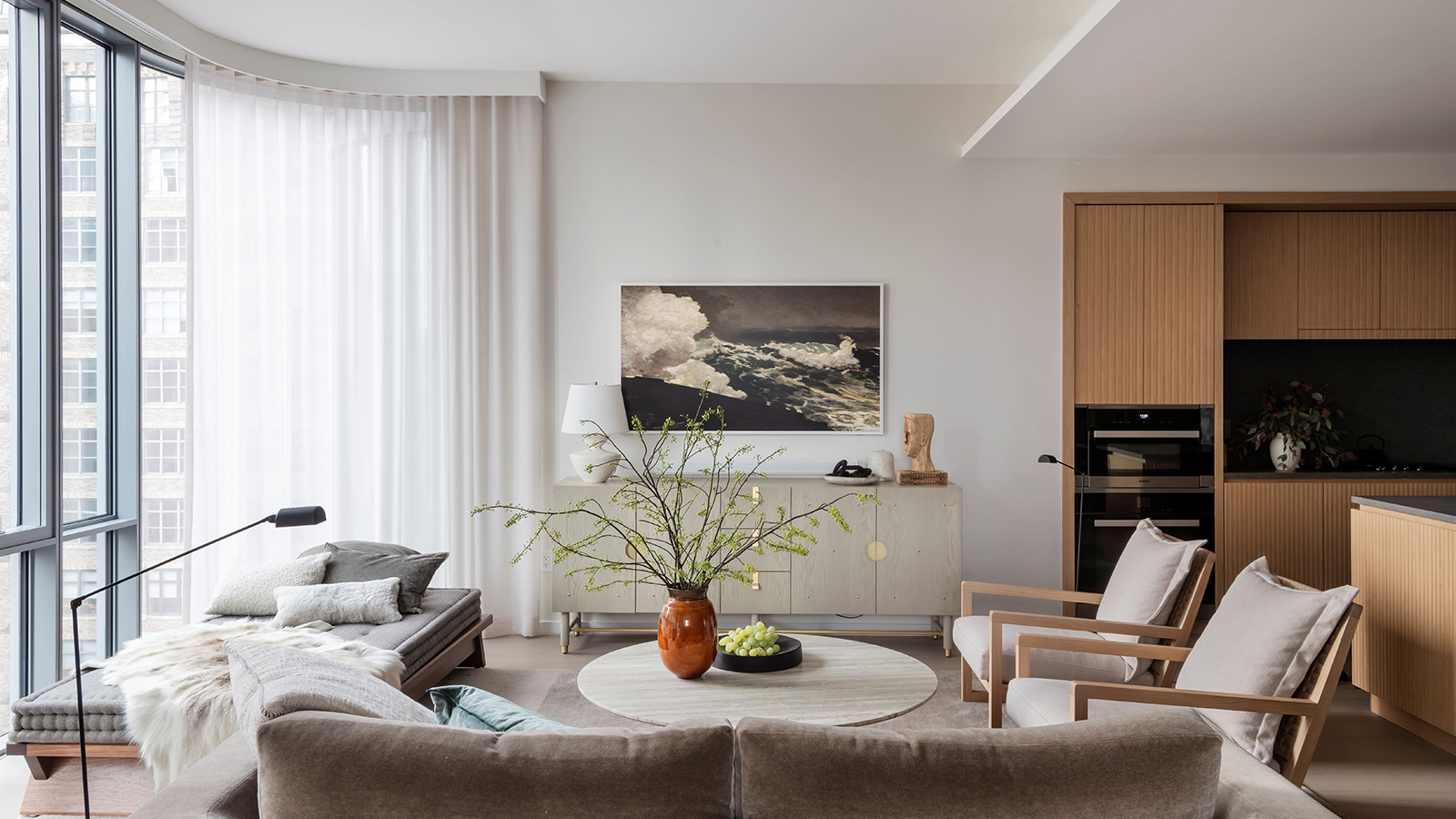 Designer Holly Waterfield creates luxurious pied-à-terre in Renzo Piano Manhattan high-rise
Designer Holly Waterfield creates luxurious pied-à-terre in Renzo Piano Manhattan high-riseA private residence by Holly Waterfield Interior Design in Renzo Piano's skyscraper 565 Broome Soho blends a sense of calm and cosiness with stunning city views
-
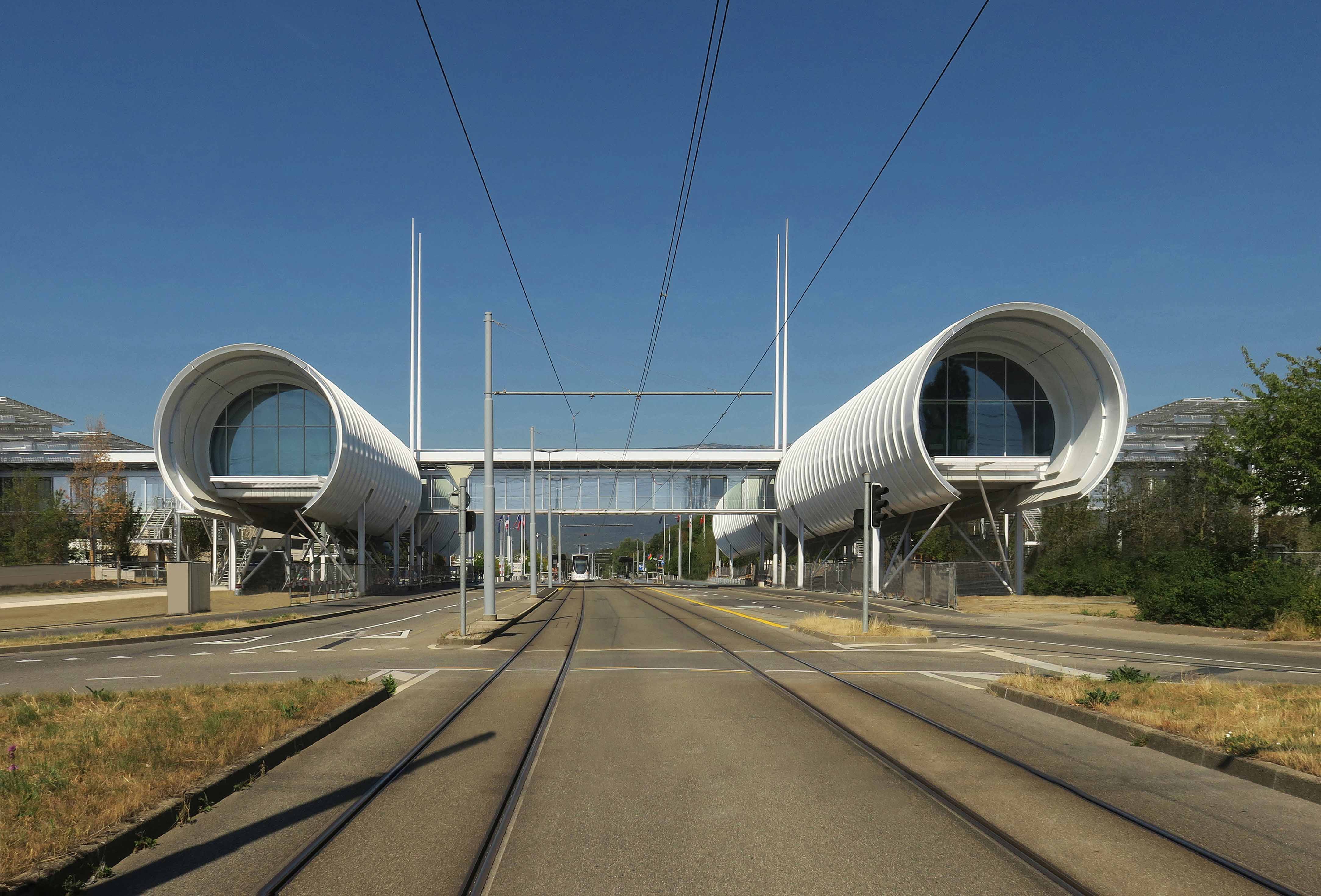 CERN Science Gateway: behind the scenes at Renzo Piano’s campus in Geneva
CERN Science Gateway: behind the scenes at Renzo Piano’s campus in GenevaCERN Science Gateway by Renzo Piano Building Workshop announces opening date in Switzerland, heralding a new era for groundbreaking innovation
-
 Renzo Piano’s GES-2 V-A-C House of Culture opens in Moscow
Renzo Piano’s GES-2 V-A-C House of Culture opens in MoscowThe V-A-C Foundation celebrates its new design by Renzo Piano – the GES-2 House of Culture in Moscow, set in a former power station
-
 Fiat’s iconic modernist factory hosts new urban oasis
Fiat’s iconic modernist factory hosts new urban oasisFiat’s former Lingotto factory and test track are transformed into Europe’s largest hanging garden – a new urban oasis for Turin
-
 The buildings adding a new dimension to Miami’s skyline
The buildings adding a new dimension to Miami’s skylineAs the Florida city’s architecture boom continues apace, here’s what’s next